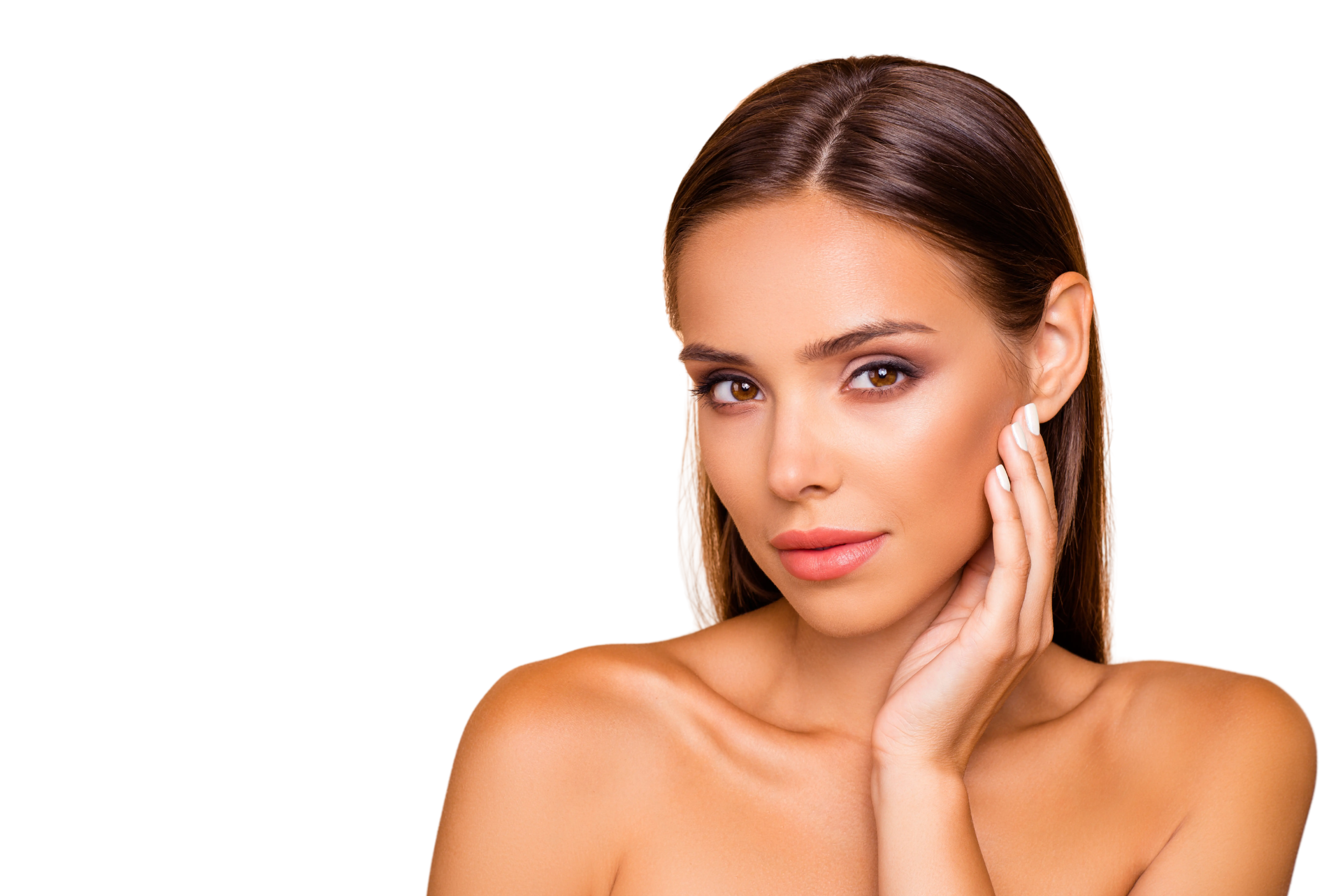Rhinoplasty: Transforming Your Nose, Transforming Your Life

Real Patients.
Real Transformations.
Meet Dr. Ardesh: Your Trusted Doctor for Rhinoplasty
Dr. Ardesh is a double board-certified facial plastic surgeon specializing in rhinoplasty and nasal surgery. With years of experience and a deep understanding of facial anatomy, Dr. Ardesh offers a meticulous and personalized approach to rhinoplasty, ensuring optimal results for each patient. His expertise in reshaping nasal bones, cartilage, and tissues means that whether you’re seeking aesthetic changes or improved breathing, you're in expert hands.

Why You Should Consider A Rhinoplasty
Rhinoplasty is one of the most popular cosmetic surgeries, and for good reason. It addresses a variety of concerns, from medical issues like breathing difficulties to cosmetic desires such as refining the shape and size of the nose. Dr. Ardesh performs rhinoplasty to:
- Correct a deviated nasal septum, improving nasal airway function
- Modify the size and shape of the nose, including the nasal bridge and nostrils.
- Repair injuries or trauma to the nose.
- Remove a dorsal hump or reduce excessive cartilage.
- Achieve facial symmetry and balance
- Restore proper nasal function after previous surgeries (revision rhinoplasty).
Benefits of Rhinoplasty
Correcting structural issues such as a deviated septum improves airflow and nasal function.
A well-proportioned nose can enhance harmony between facial features, boosting confidence.
Once healed, rhinoplasty results are permanent and provide a lasting enhancement.
Rhinoplasty can restore both the form and function of the nose following trauma or injury.
Types of Rhinoplasty
Open Rhinoplasty used for more complex cases, this technique involves making a small incision across the columella (the tissue between the nostrils), allowing greater visibility and control during surgery.
Closed Rhinoplasty involves making incisions inside the nostrils, leaving no external scars. This method is ideal for less complicated procedures where extensive reshaping is not required.

What to Expect with Your Rhinoplasty Treatment
The Consultation
Your journey begins with an in-depth consultation with Dr. Ardesh. During this session, he will evaluate your nose’s form and function, listen to your goals, and discuss potential outcomes. You’ll receive a detailed explanation of the recommended surgical approach (whether open or closed rhinoplasty) and what to expect in terms of recovery and results.
The Procedure
Rhinoplasty is typically performed as an outpatient procedure under general anesthesia. The surgery can take anywhere from 1.5 to 3 hours, depending on the complexity. Dr. Ardesh will carefully sculpt the nasal bones and cartilage to achieve the desired shape, making adjustments to improve both aesthetics and nasal function. After the surgery, the nose is bandaged and protected with a splint, which helps with healing and maintaining the new shape.
Post-Op Care
In the initial days after surgery, you can expect some swelling, bruising, and minor discomfort, especially around the eyes and nose. It’s important to keep your head elevated and avoid strenuous activities for several weeks to promote healing. Dr. Ardesh will provide detailed post-operative instructions to ensure a smooth recovery. Follow-up appointments will be scheduled to monitor your progress.
Healing Stages and Recovery
After a rhinoplasty, it is common to experience some swelling, pain and discomfort for several weeks. Here's what to expect during recovery:
- First Week: The nasal splint is removed, and initial bruising and swelling begin to subside. Most patients return to work or normal activities within 7 to 10 days.
- 1-2 Months: The majority of the swelling resolves, and the nose begins to take its new shape.
- 1 Year: Final results are fully visible as residual swelling dissipates and the nose settles into its permanent shape

Why Choose Dr. Ardesh
Dr. Ardesh, a double-board certified facial plastic and reconstructive surgeon, has delivered over 7,000 natural results with expertise and empathy. His focus is on creating a refreshed look—never a “worked on” appearance—which should always be a surgeon’s objective. With advanced training in minimally invasive techniques, Dr. Ardesh ensures minimal scarring, less pain, and shorter recovery times. Beautiful outcomes are achieved through careful listening, open communication, and a commitment to patient safety and comfort. His goal is to help you achieve your desired look that inspires confidence and joy.
Schedule Your Consultation with Dr. Ardesh
If you’re considering rhinoplasty for either cosmetic or functional reasons, schedule a consultation with Dr. Ardesh today. His extensive expertise and patient-focused approach ensure that each procedure is tailored to your unique needs, delivering beautiful, natural-looking results that enhance both form and function.







